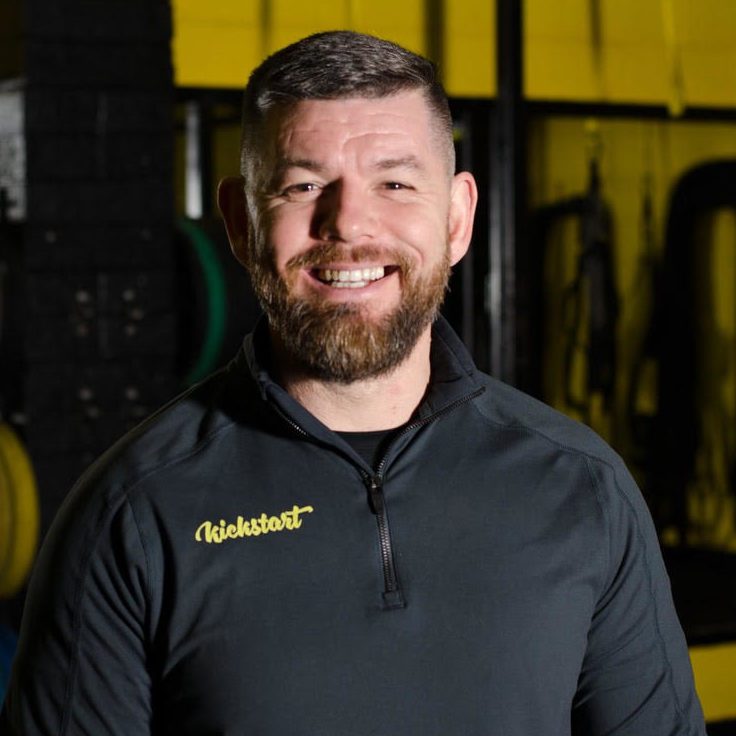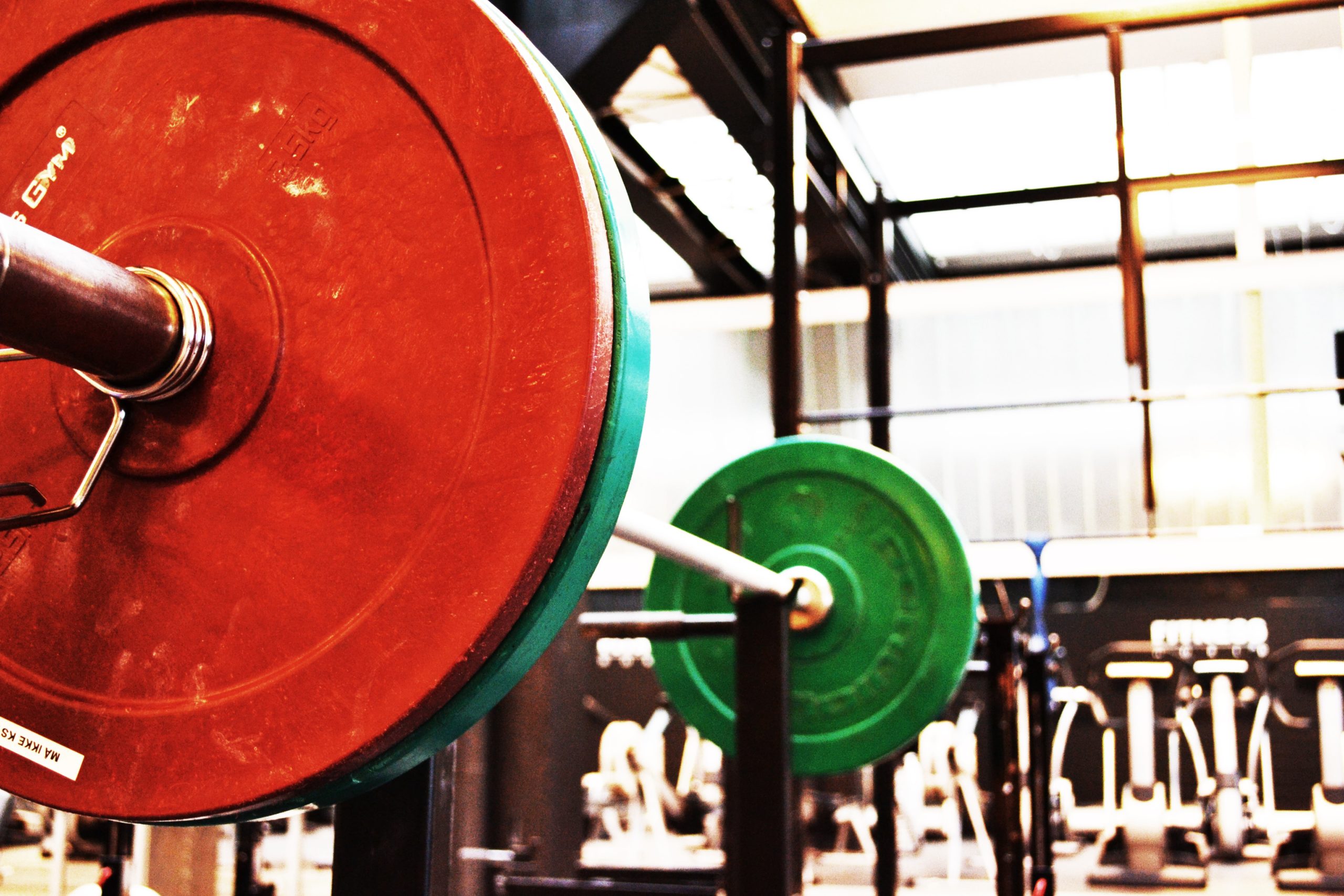Strength Training for Soccer Players
Sports Performance | Strength & ConditioningABOUT THE AUTHOR

Darren Dillon
Darren Dillon is the owner and director of Kickstart Fitness Ireland. Founded in 2010, Kickstart Fitness has grown from what was initially a bootcamp in a local park into what is now a center of excellence for TRX®️Training and functional training, and a high performance hub for strength and conditioning. Darren also serves as head of performance at Shamrock Rovers FC, working with and programming for the academy through to senior professional soccer players. He is also Ireland’s only official TRX®️ Master Trainer, delivering all the company’s education courses to the Irish fitness industry.
// Strength Training for Soccer Players
If you’re a strength coach who serves teams in multiple sports, it’s quite likely that you’re most comfortable with the football and/or rugby players. That’s because for these power players, almost anything goes. You can have them do heavy back and front squats, load up the bar for big deadlifts, and have them drag and push sleds to their heart’s content. But perhaps when it comes to strength training for soccer players things get a little trickier. They’re not as burly so you can’t just have them go heavy and hard, and their sport has different demands, particularly to American football. Players have to be active on offense and defense for 90 minutes with no timeouts, and while they need the power to explode for sprints down the wing, they also need the cardiovascular fitness to downshift through the gears and back up again for the entire game.
So other than just taking those football and rugby exercises and reducing the weight, what can you do to better serve the sports performance needs of the soccer team? In this post, I’ll share what’s working here at Shamrock Rovers FC in terms of strength training for soccer players. As well as what has helped take our team all the way to winning the Irish cup final and qualifying for the Europa League.


The Give and Take of Strength Training
Even on our heavy days, we still put everything we’re doing in the context of the sport itself. So yes, we do plenty of power and strength work, but we’ll also focus on shortening the players’ reaction times and getting them more agile in all directions. In a previous post, I wrote about the need to keep our end goals in mind. This doesn’t concern one-rep maxes or anything else that happens in the weight room, but rather the lads performing at their peak on match day and staying healthy and (fingers crossed!) injury free throughout the entire season.
With this in mind, it’s my job as a coach to know when to push and when to back off. The upcoming five-week preseason block is the time of year to really push hard because the technical and tactical components of the game won’t come back into play for a while. This is when I can prescribe the work that will put each player in the best position to maximize his potential when he gets back on the pitch. It also feels like this rigorous winter training gives us a leg up on our competition, because every other team in Ireland is on vacation while we’re sweating and straining in the gym.
Too Much Rest is Sometimes a Bad Thing
Rovers used to give the same two-and-a-half-month break when I came to the club. It was the first major thing I changed, because while a little R and R is beneficial, too much puts you in a strength and conditioning hole that it’s tough to dig your way out of once you get back to the training ground. I realized from the get-go that if we wanted to build stronger, more durable players, then we needed to put in this extra effort while everyone else was taking an extended break.
Such things can take a while to pay dividends, but eventually they pay off. A recent example was in the Irish cup final. It went to extra time (aka overtime) and then penalties. While the other team was flagging by this point, our guys could’ve kept going for another hour, and were still eager to attack. Once it got to penalties, our decision making was top notch. This has more to do with physical fitness than you might think. If you’re worn out and are shutting down physically, you’re not going to function well mentally either. But our boys scored every penalty and most of them picked out the top corner so the other team’s goalkeeper had no chance of saving them. The shot selection and execution was literally spot on.
Find The Strength Training Mindset
The team might not make such a connection while I’m putting them through their paces in December and January, but it’s still there regardless. Traditionally, soccer players have been a bit wary of hitting the weights, and many have thought of it as just more extra work they don’t really want to do. This mindset is changing, but I still need to sell it to them as necessary and even essential to their success on the pitch. So I try to use each deliberately chosen exercises as a teaching moment in which I relate the movement to something they’ll be doing on the field.
For example, a split squat closely resembles the position they’re in when they start to sprint to begin a counterattack. Or the top position of a jump mirrors them rising up above a defender to try and head the ball into the opponent’s goal. I also make it clear that what we’re doing might sometimes leave them tired out and sore, but it will also help bulletproof them against torn hamstrings, pulled groins, and tweaked quads. If they can stay on the pitch more and be available when the manager is mulling the lineup, they’re more likely to play when match day arrives. We never do exercises for their own sake, but to improve performance when it matters most and to increase resilience.
With the aim of keeping our injury rates as low as possible, we do a lot of deceleration work. When we do plyometrics, I focus more than some other coaches might on making sure players nail their landing every time. We also emphasize the eccentric phase of many movements. It’s no good being able to speed up if you can’t safely slow back down, either in the weight room or on the pitch.
Keeping Game Demands Top of Mind
As soccer players have to run non-stop for an hour and a half (or, in the case of that recent cup final, for two hours plus penalties), we have to keep endurance in mind even as we’re developing strength, speed, and power. This is why I rarely have players exceed 80 percent of their one-rep max in anything, and we do higher reps than the singles, doubles, and triples you might use with players in power sports. Yes, our lads need to express force, but they must have the capacity to do so over and over again. This is why we don’t push for hypertrophy or over-emphasize the upper body. The players need strong rear delts to hold people off, so we do unilateral pressing and pushing away from the body. There’s also some position-specific work, as those who play in the middle typically encounter more body-to-body contact than fullbacks and wingers who play out wide and so need to be a bit stronger in certain areas.
During this pre-season period, the team does lower body pushes like lunges and split squats and upper body pulls such as bilateral and unilateral rows and pullups on Monday. Then on Tuesday, they perform low body pulls like RDLs and trap bar deadlifts, along with upper body pushes like overhead presses and bench presses. Wednesday is a day off to allow recovery. Wednesday we repeat Monday’s session, and Thursday we recreate what we did on Tuesday. In every session we add in rotation exercises using the TRX Rip Trainer and cable machine, and anti-rotation movements such as Palov and clock presses, plank shoulder taps, and renegade rows.
Pursuing the Physical Attributes of Messi, Salah, and Ronaldo
This core work is crucial because the players must be able to transmit force between their lower and upper body, resist contact, and distribute their weight well. Lionel Messi and Mo Salah do such a great job of holding on to the ball when players are crowding around them because of this – it’s not just fancy footwork but also body control. People think about Cristiano Ronaldo’s top end speed, but it’s really his ability to choose when to change gears that sets him apart. That’s why we continue to work on active balance, acceleration and deceleration, and change of direction when the competitive season begins and most of our work is done on the field instead of in the gym.
At the end of the day, context is king. There’s no use in creating strong or fast athletes – they need to be soccer fast and soccer strong. That’s why every single detail in my programming is geared towards getting optimal results on game day, and helping players avoid injury. We use soccer language and relate everything back to the game itself. Because ultimately, that’s all that matters.
READY TO TRY TRAINHEROIC?
Our powerful platform connects coaches and athletes from across the world. Whether you are a coach or trainer looking to provide a better experience for your clients, or you’re an athlete looking for expert programming, click below to get started.
Want more training content?
More coaches and athletes than ever are reading the TrainHeroic blog, and it’s our mission to support them with the best training & coaching content. If you found this article useful, please take a moment to share it on social media, engage with the author, and link to this article on your own blog or any forums you post on.
Be Your Best,
TrainHeroic Content Team
HEROIC SOCIAL
HEROIC SOCIAL
TRAINING LAB
Access the latest articles, reviews, and case studies from the top strength and conditioning minds in the TH Training Lab

